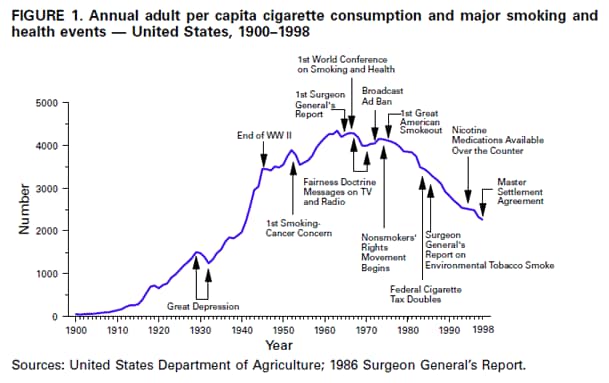Paul Fischer
1.25.2015
Felicia Kornbluh
A Documentary Review of PBS: America’s War on Poverty
The Public Broadcasting Service takes on the War Against Poverty, President Lyndon B. Johnson’s brainchild in a television series. The series shows how poverty touches the entire American political and economic system. As racial divides are thickly drawn with a black marker, a massive redistribution of wealth is found to be necessary. This is in contrast to the prosperity victory in World War II brought to the United States.
The director uses political footage, interviews from authors, citizens, and politicians alike to show the dramatic widespread effect of poverty, as well as the machinations that made change possible and the vehicles for effecting that change in operation. Combining black and white footage, with modern colour film drives home that this film is part of American history, as much as it is the present. Sadly, the American history of poverty, and Native American struggles are ignored. Racial divides are not absent, but are set aside to the second half of the film, as the film has a dialectic focus on the Equal Employment Opportunity Act and the Civil Rights Act. However, this is appropriate because the War Against Poverty is a specific time-place referring to the 1960’s, though those unacquainted with this, will be confused by the title and content.
“The very things that made America great its inventions… were causing some Americans to be left behind.” The joint continuous miner brought the story of John Henry, in which a man labours to death against a machine, to reality on a societal level. Coal miners found steady work and good wages evaporating to the hypnotizing diligence of the mechanical workers.
By 1960 nearly half of residents in some counties in coal-mining Virginia relied on government aid. In the words of John F. Kennedy, “automation did it.” An exodus of former coal miners seeking work and african-americans fleeing racism arrived in the North and changed the country. In the capital as well, a march on Washington signalled a substantive movement towards change in the country. Poverty was geographical, and with the help of unions and politicians like Kennedy, racial lines became shattered.
Violence broke out. Homes and bridges were bombed. A decade before the race riots became bloody, and years before the Vietnam war, destitution was driving Americans to fight for their right to live, or death by starvation. Before the political promises of Kennedy could be carried out, he was assassinated. Carrying out his promises was a medical necessity. In states such as Mississippi, poverty and lack of healthcare caused parasites, lethargy, and severe anemia in children. Nowhere was poverty greater.
But all was not lost. There was no initial confidence in Lyndon B. Johnson, but using a variety of political and legislative means, he was able to “continue” both domestically and abroad, the goals of the administration and American people. The African-American movement was growing in the public conscious, but the backlash against it would have killed what chances there were had it not been for Head Start and the Civil Rights Act of 1964. By ensuring the poor could vote, and that race did not factor into this, the end of segregation was in sight. More importantly, this minority, which had a lower population growth than the Jewish population in Germany due to economic impoverishment, was given opportunity to become full partners in the make-up of this nation.
Surviving the depression, Johnson made significant inroads to Americans, enacting the first anti-poverty legislation since the Great Depression giving needed alleviation to Americans, to “replace their despair with opportunity.” He created a task force, and began a movement to change the country. In some states, it was a matter of saving lives. The idea that black Mississippians could control anything was considered to be ludicrous, and this was seen in their oppression, and reversed by their first true liberation, with economic and political equality. Before they could lose their job, their welfare when they voted.
Sargent Shriver was appointed head of the War Against Poverty, and with what some would call blind optimism, energetically took on the job. He had expertise setting up the Peace Corp, and was able to use this domestically with efficiency. Unable to levy higher taxes, and without a comprehensive job program the questions existing are problematic. Investigating voting problems made enemies, but it was a political sacrifice that had to be made. As workers protested discrimination and were incarcerated, the CDGP made allocations of federal money to post bail for these workers under the auspices of work salary advances.
The mixing of the Civil Rights movement with the War Against Poverty created humiliation for Shriver, and was seized upon. Yet these were two movements intertwined, and impossible to separate. As the opposition insisted “don’t you ever give up that gun, that is all you’ve got to protect that little baby in that crib” the documentary shows the backlash was not one which could be stood up against without great courage. Klansmen were marching unhooded and unafraid of retribution, despite their violent message, and African-American protestors needed the same protection, though without the threat of violence.
As planes began to fly in the South Asian peninsula, Johnson signed the Equal Employment Opportunity Bill into law. Suddenly the education programs and hand-up (not hand out) the federal government had offered America’s poor looked smart; the country was going to send a conscript army into war. Racial equality would also figure in importantly towards preventing this war from tearing the nation apart at the seams. This would seem to be an appropriate direction for the documentary, but for better or for worse the film begins discussion in the last section of reorganization and scandal in anti-poverty movements.






